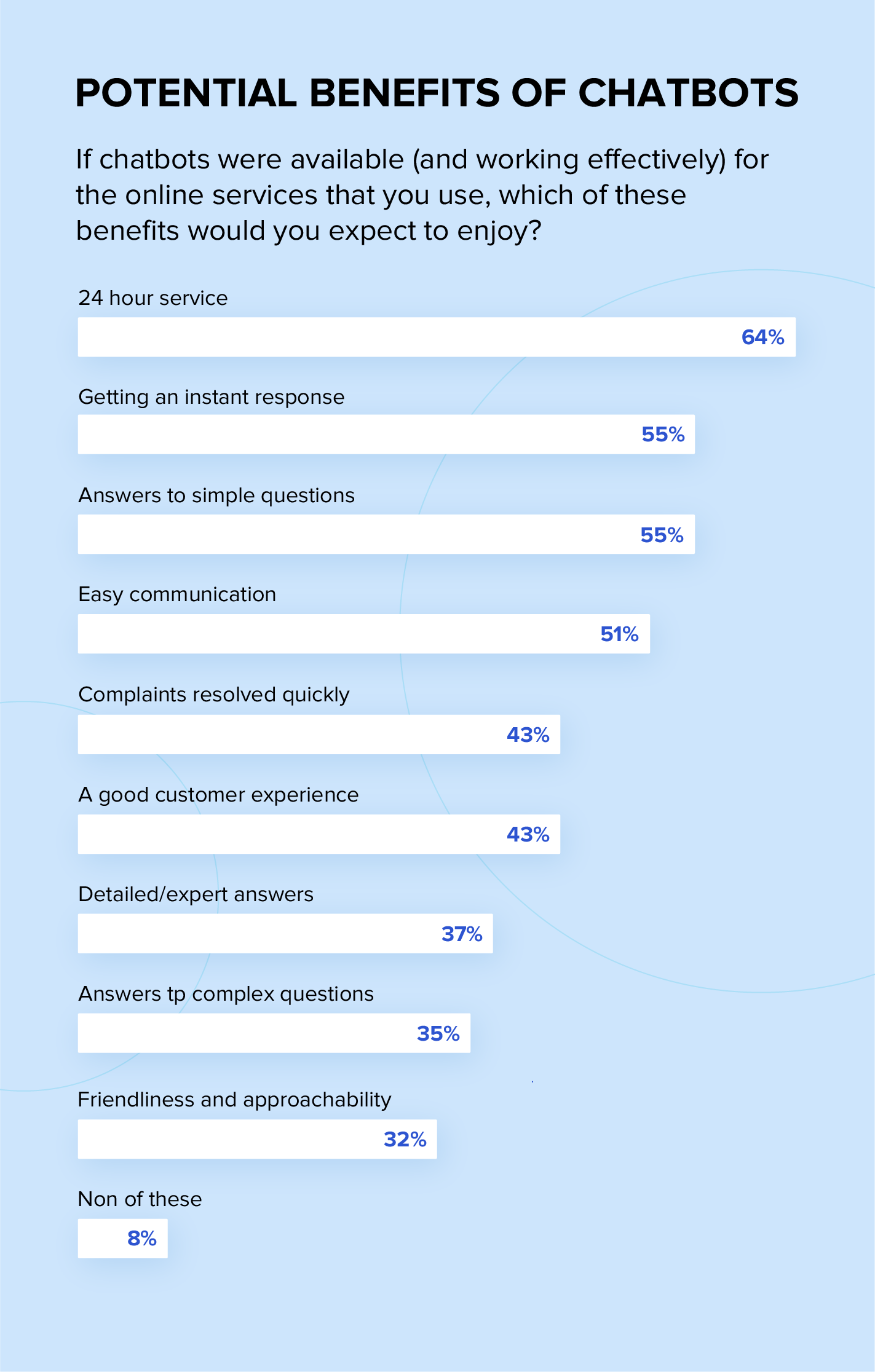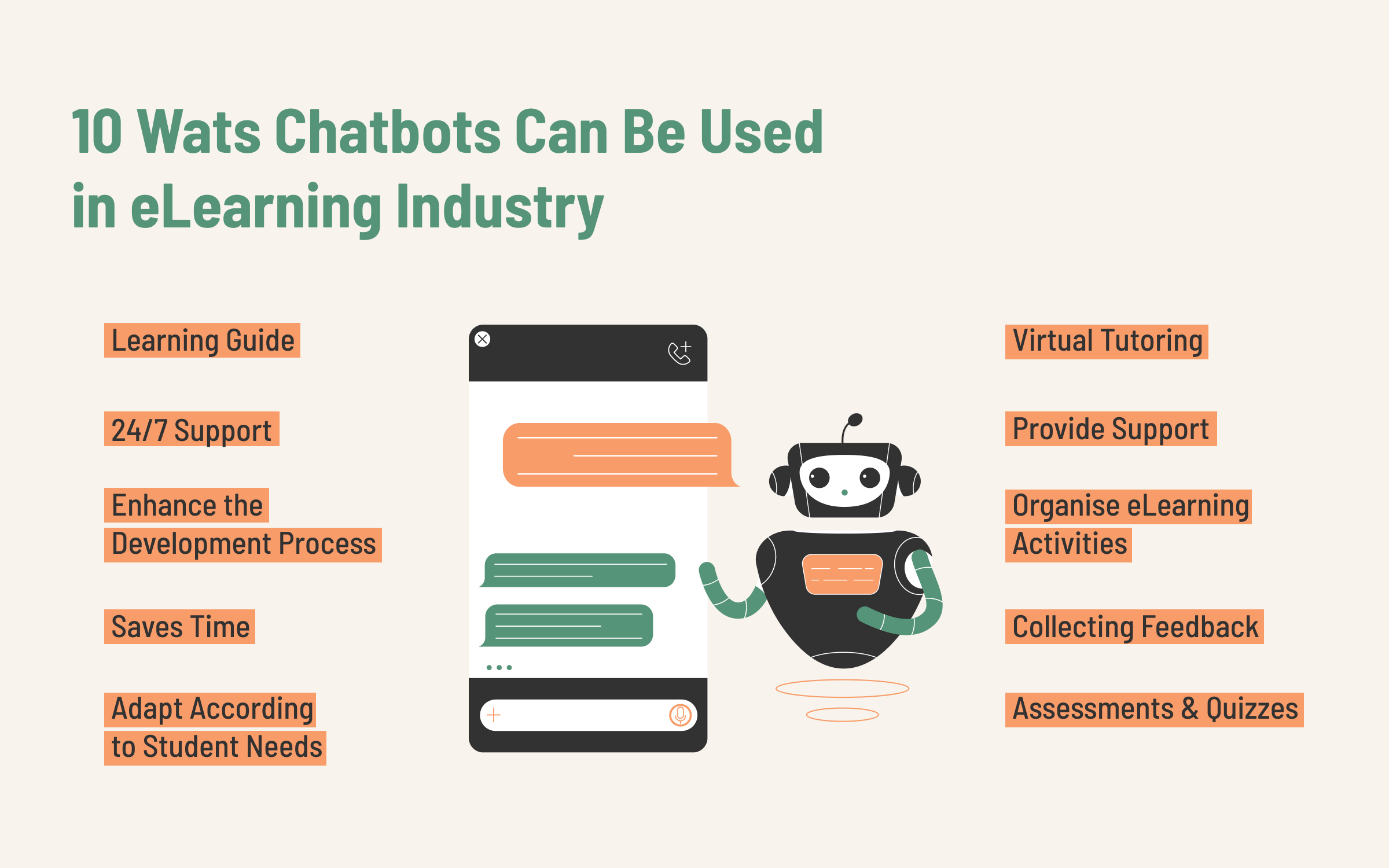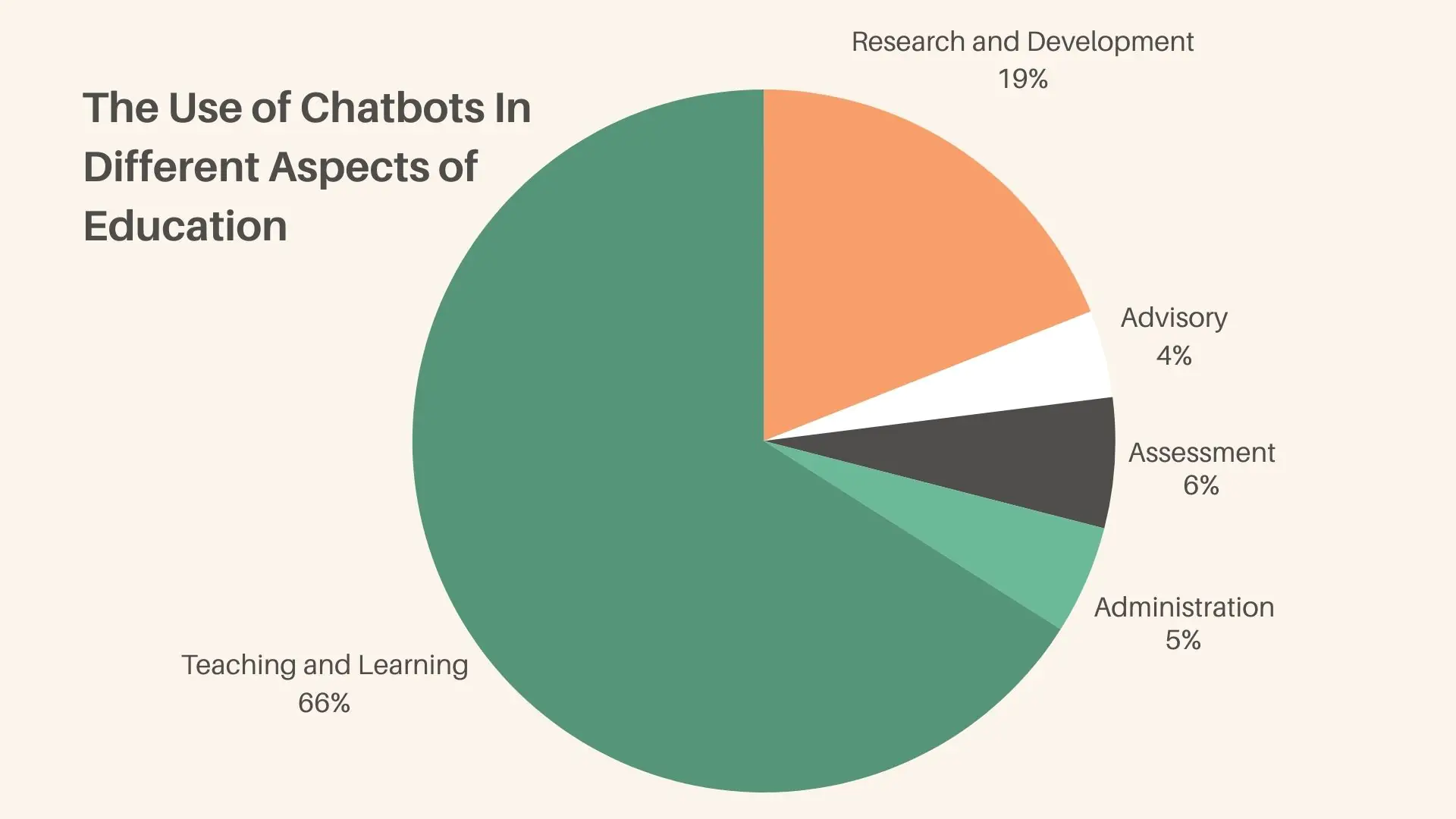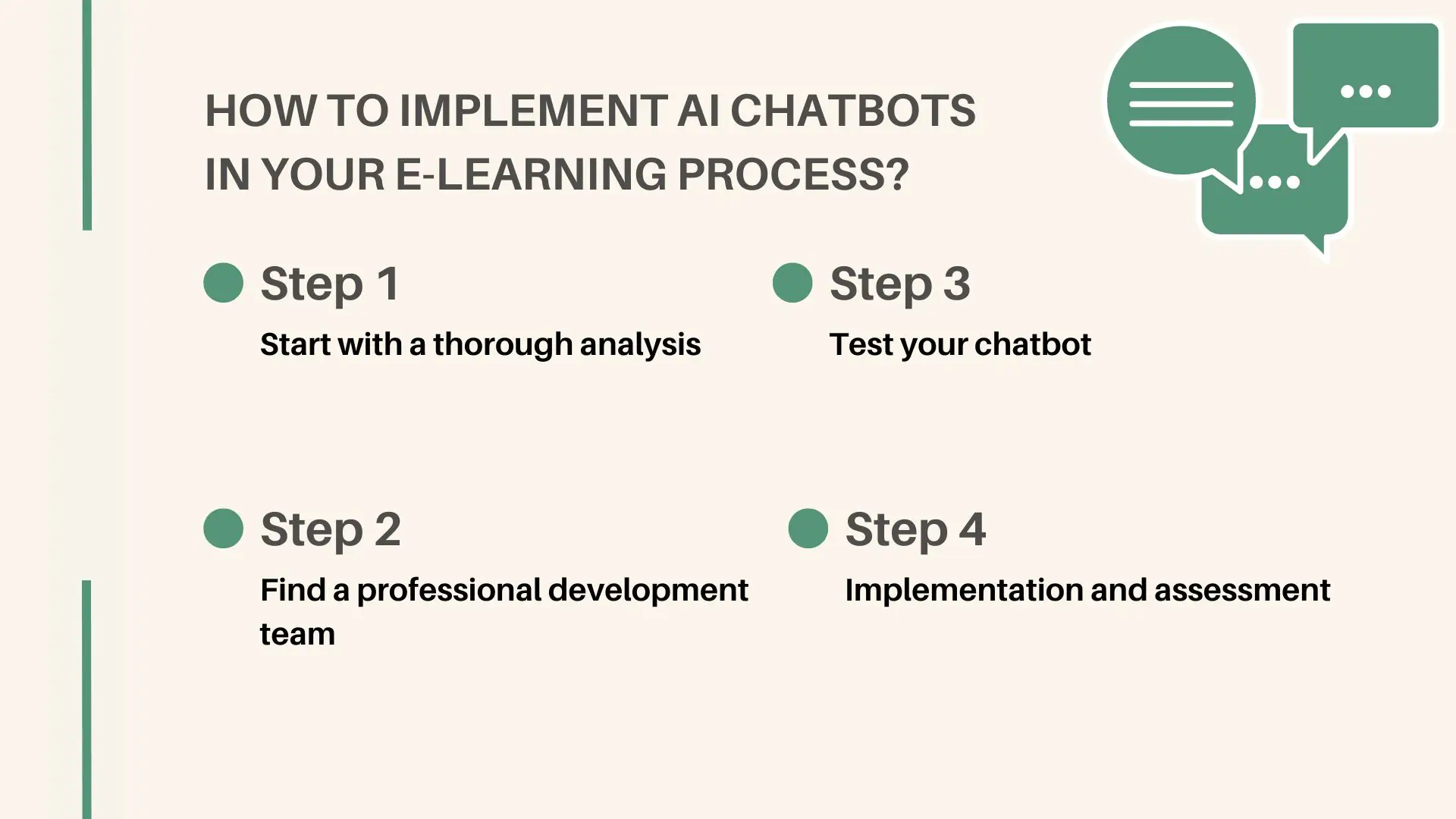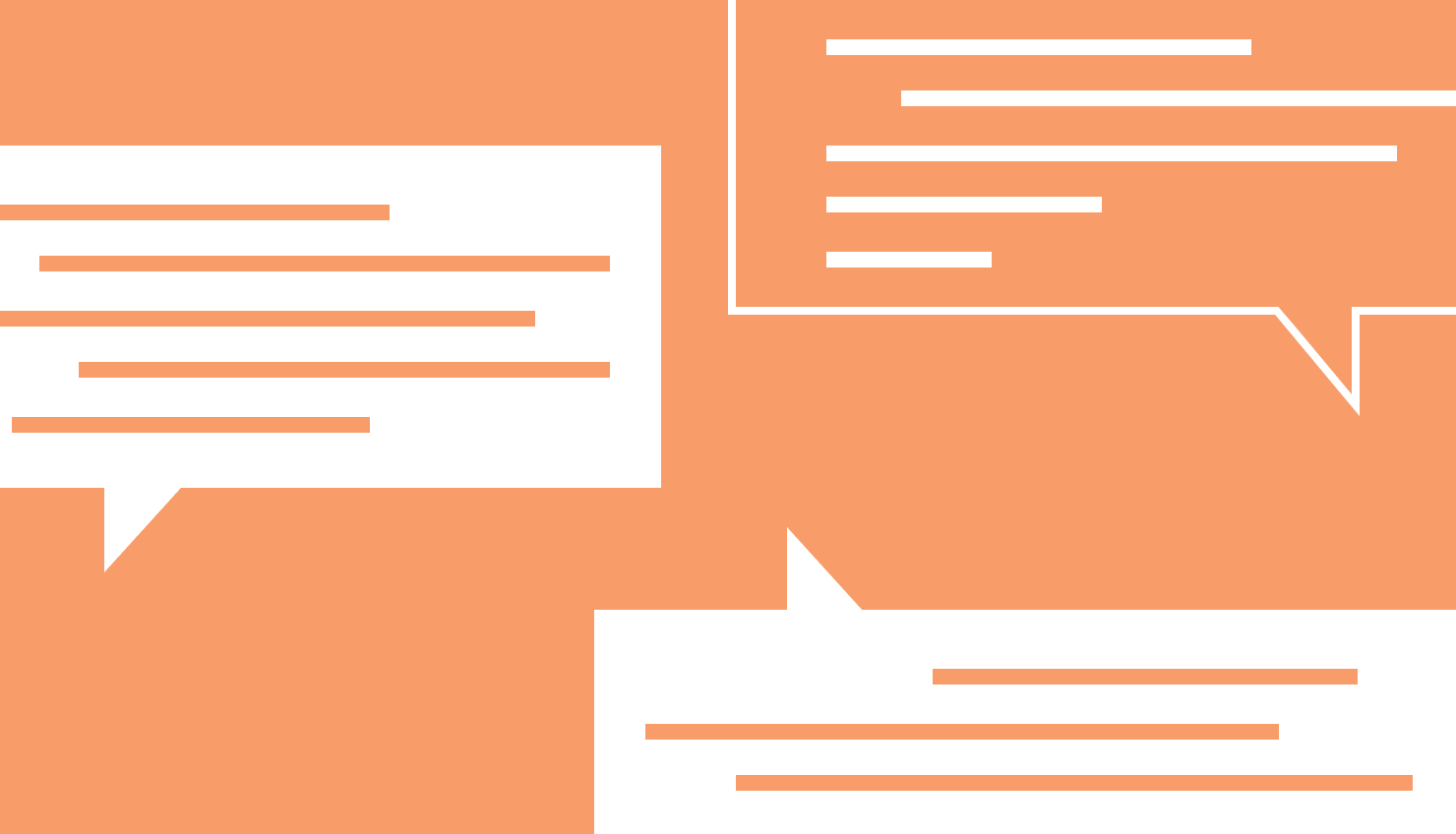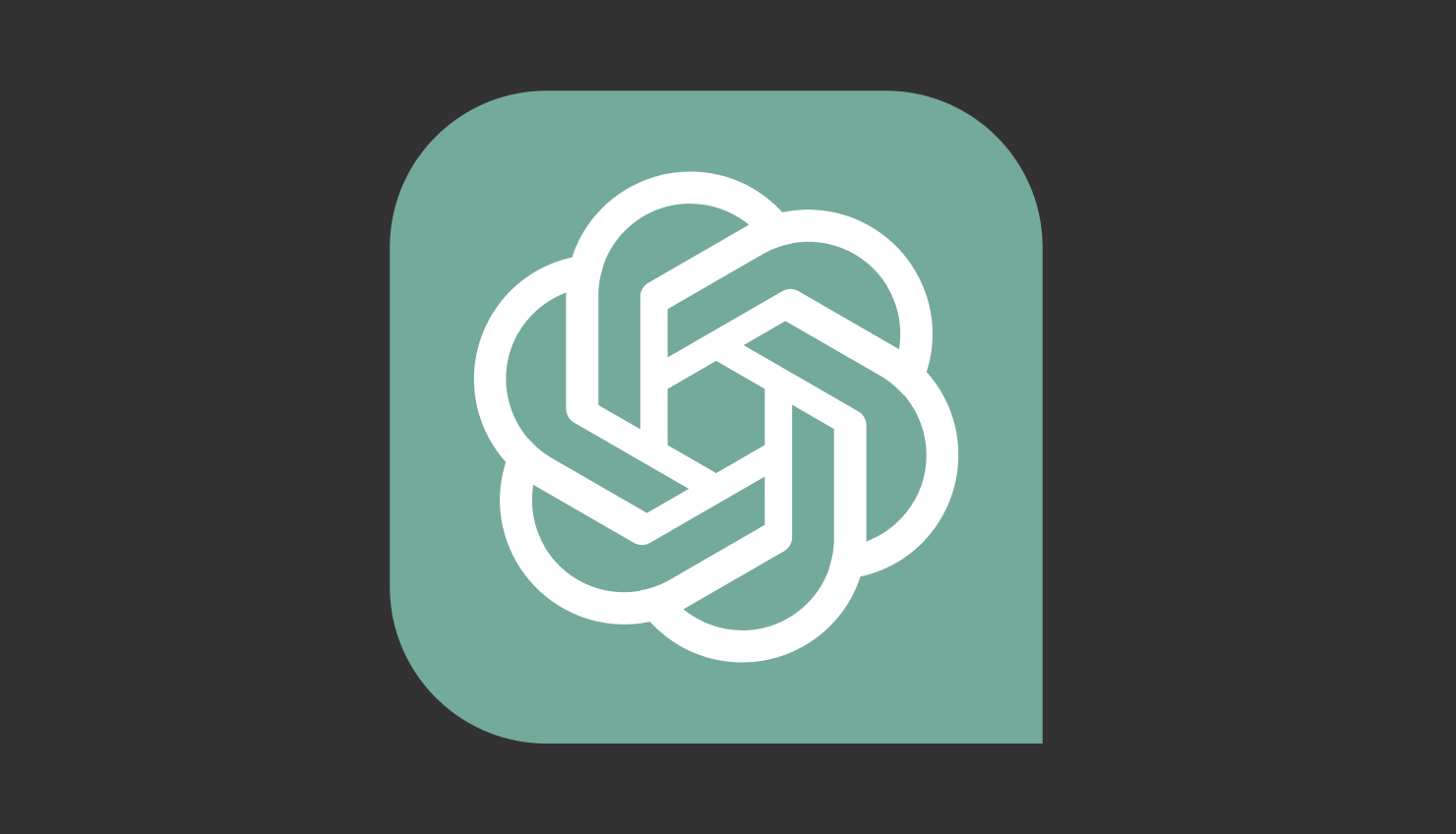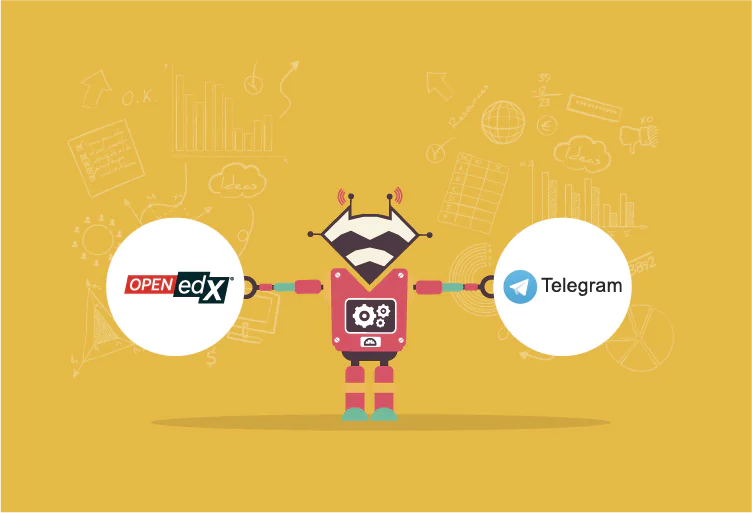While everyone has heard of chatbots, few people can understand their potential and all the intricacies of how they are created and function. For example, the Raccoon Gang team once worked on creating a scripted learning tool that turned into a handy chatbot for Talk Coaches.
You may ask, “Should chatbots teach students instead of instructors?” And we’ll answer you: Yes, if they serve as a supportive tool that increases learning productivity x-fold!
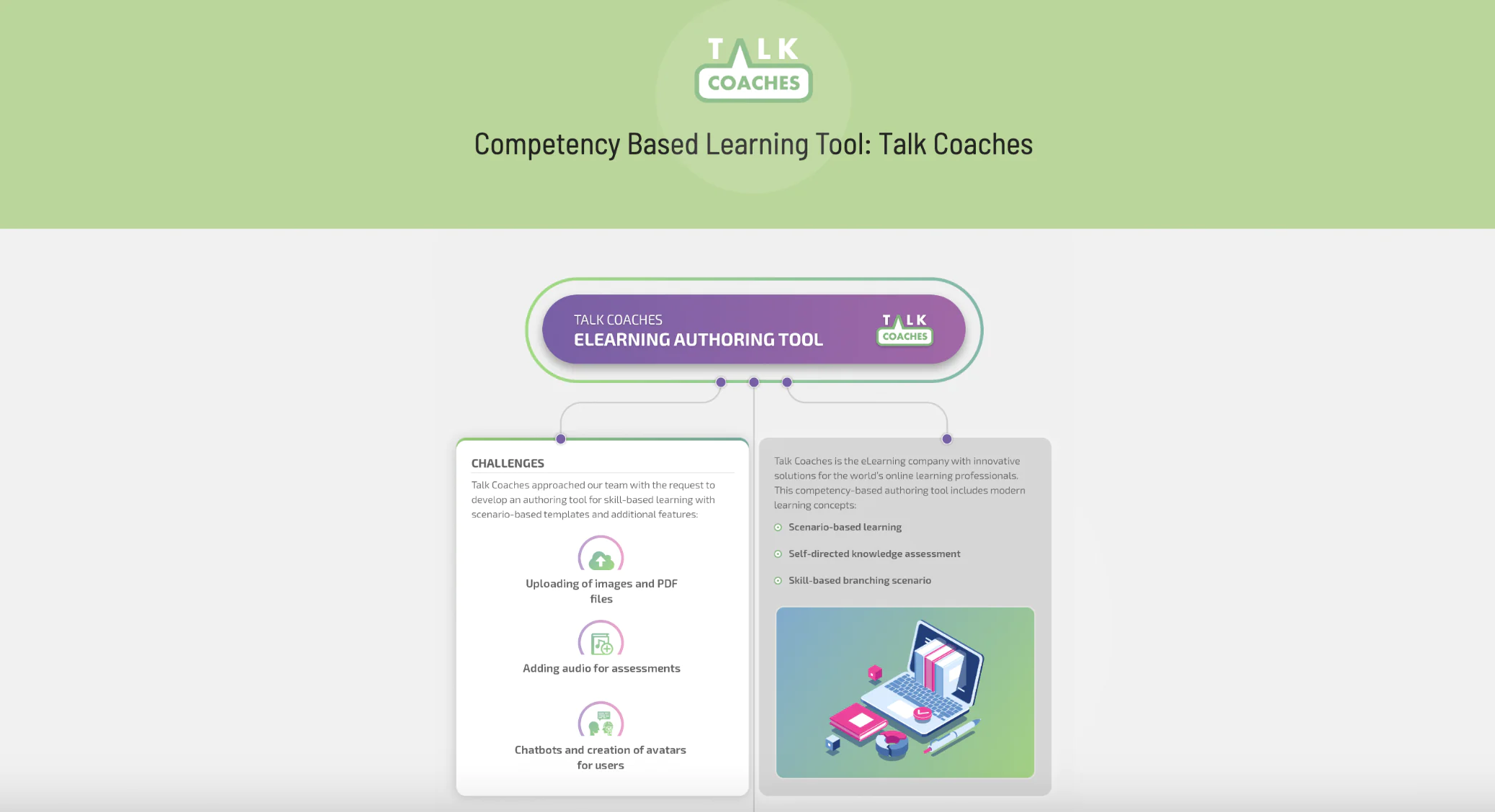
In this article, we’ll look at what chatbots are, how the online learning industry can benefit from them, and how artificial intelligence in e-learning can help your educational processes. Without further ado, let’s get started.
Key takeaways:
- Chatbots are becoming one of the most useful tools in e-learning, combining the benefits of accessibility, objectivity, and user-friendliness all at once. With chatbots, students get a personalized experience and 24/7 support while teachers are freed from mundane tasks.
- Different companies, including Duolingo, GnosisConnect, Paradiso, and others, are already using AI-powered chatbots successfully.
- To implement AI chatbots into e-learning, you need to find an experienced team of developers (such as Raccoon Gang) who will be able to bring all your ideas and needs to life.
Main Benefits of Chatbots in E-learning
Artificial intelligence in e-learning, like any other form of automation, brings a considerable number of benefits. It is these advantages that push the use of chatbots in their LMS systems and training programs.
For example, when the Raccoon Gang team developed chatbots in the e-learning industry, the main benefits our clients gained were the following:
- Teachers could save more time by eliminating the need to manually check students’ assessments (while learners could get instant feedback on their work).
- Even the studying process became less dependent on manual work because any files, tasks, and assessments could be scheduled to be sent right on time to the students.
A favorite example of AI chatbots sometimes becoming real baddies for students is the case of Sunny.
Our development team was impressed by the fact that some students were so moved by the level of support from Sunny that they wrote to him and replied, “I love you.”
Accessibility
One of the undeniable advantages of these little helpers is fueled with chatbot integration in e-learning. They are available to the user 24/7/365. Chatbots have no specific working hours, no days off, and no vacations. The only situation when a chatbot may be unavailable is if you disable it to introduce new features or fix problems with it.
Objectivity
We can bet that you have met cases when a teacher can prejudice a particular student during schooldays. This could result in overestimating or underestimating marks for tests, assignments, and so on. Artificial intelligence in e-learning helps eliminate this phenomenon since chatbots are just algorithms and are not subject to any feelings toward students. Thanks to this, they can provide maximum objectivity in the assessment of knowledge.
Great Tool for Self-Paced Learning
Self-paced learning has been a big e-learning trend over the past few years since this type of learning is more effective than standard group learning. Using chatbots for training is a great addition to this kind of learning flow. Thanks to automation and ample opportunities, students can easily systematize self-educational activities, delve into the details of the material, test themselves, and much more.
Wide Software Choice
In addition to the 24/7 availability we mentioned earlier, chatbots can boast widespread availability in terms of software. You can easily find chatbots in the form of mobile apps, web tools, social media add-ons, and so on. This opens up vast opportunities for introducing AI chatbots for higher education, expanding learning opportunities, and satisfying the needs of students.
User-Friendliness
Chatbots are relatively simple tools to learn and suitable for audiences of any age. This is due to the small number of interactions that can be carried out with them. The user only needs to conduct a dialogue with the bot, as he would with a real person.
Now that you know the benefits of using AI chatbots, we can proceed to the most intriguing part of the article, which will give you some insights into implementing chatbots in the e-learning process.
Best Practices in Using Chatbots in E-learning Process
Chatbots in e-learning have the potential to revolutionize the educational landscape by providing personalized, accessible, and efficient learning experiences. However, to maximize their benefits, it’s crucial to implement them strategically and effectively. Here are some key best practices for using chatbots in the e-learning industry.
Optimize Your eLearning Development Processes.
The power of chatbots is enormous, and many educational institutions can use them to optimize their learning processes. For example, artificial intelligence in e-learning can help you process huge amounts of data and, based on analysis, select the most relevant and relevant topics for discussion. Thus, Juniper Research says that using chatbots in businesses saves 2.5 billion hours, which means along with the profit in monetary value, time is also saved.
However, it is worth keeping in mind that algorithms will need some time to learn before they work at full capacity. It’s also worth noting that if you’ve set out to develop your own NLP, it’s a great challenge to test yourself. But to make you happy with the result, we recommend using free datasets for training chatbots. Check out some top machine learning datasets for chatbot training, including Ubuntu, Twitter library, and ConvAI3.
To help algorithms learn faster and perform better, feed them diverse, high-quality data and train them in steps — just like teaching someone by starting small and gradually tackling more complex problems. As Ginni Rometty stated, “The key to success with AI is not just having the right data, but also asking the right questions.”
Content analysis will also take time since you can’t just take and provide any content to train educational chatbots. It needs to be presented in the correct form, and only after that do we start teaching algorithms.
Adapt eLearning Process to Students’ Specific Needs
High personalization and the ability to adapt to the personal needs of students are the main strengths of chatbots for the e-learning industry. At the moment, chatbots are equipped with natural speech recognition algorithms and machine learning algorithms. These technologies help them respond to user requests naturally, deliver personalized responses and content, and change the tone of the conversation.
Provide Users With Personal Assistance
According to research, more than 64% of those surveyed said that the 24/7 availability of chatbots is their greatest strength. This is not surprising because, in schools, universities, and other educational institutions that do not work around the clock, chatbots are an excellent tool to answer the necessary questions quickly.
For example, if a teacher has a group of students, he may be bombarded with the same type of questions about the course itself, the teaching material, etc. Chatbots come to the rescue at such moments, freeing teachers from the routine task of informing each student.
In addition, chatbots in e-learning are competent enough to organize student life. For example, chatbots can notify about upcoming events (tests, seminars, and much more), about new assignments on the course, about the readiness of assignment checks, and much more.
Organize eLearning Process
The educational process organization is always a headache for any teacher: so many students and so little time to develop a smooth learning process. Artificial intelligence in e-learning can make this process much more manageable. It’s enough just to shift some routine tasks into the hands of chatbots controlled by artificial intelligence algorithms.
For example, suppose there are too many students in a group. In that case, it will be difficult for the teacher to provide everyone with additional learning materials based on the skills of each student. Chatbots can do this task faster because the algorithms will take less time to analyze each student’s success and deliver relevant material quickly and more accurately.
Also, chatbots can check some types of tests and give the results to the student immediately. Based on the results, the chatbot can either skip the student to the next module or indicate what mistakes the student made and fix them.
Virtual Tutoring
One of the most valuable uses of educational chatbots is the implementation of innovative automated learning. Such training can occur in the form of a regular chat but based on the educational material of the lecture. In addition, the chatbot can test students, ask questions, rate them, and more.
The well-known Duolingo platform introduced a similar training format. At its core, this platform harnesses the power of chatbots for online tutoring. The chatbot simulates an actual human native speaker to practice scenarios that users may encounter. It teaches students to apply their knowledge of the language in conversations on various topics, thereby improving language proficiency.
How to Implement AI Chatbots in Your E-learning Process?
Integrating sophisticated AI-powered chatbots into your educational process requires thorough preparation. Here’s a brief guide on how to implement chatbots in e-learning to help you outline a clear plan.
Step #1. Start with a Thorough Analysis
First, you should think about the significant bottlenecks for your e-learning process. List the problems and needs of all those involved in the process that require immediate solutions. Knowing the issues will help you understand what features should be in your chatbot to fix these problems.
Step #2. Find a Professional Development Team
No matter how confident you are, only an experienced team of developers with the necessary skill stack can develop and implement a chatbot. However, you should consult first about implementing a chatbot, and it is best to do so with experts in the field. They can analyze your idea, offer their solutions, and tell you what is possible to organize within the chatbot.
For example, here at Raccoon Gang, we consult clients on implementing custom solutions in e-learning, and chatbots are no exception. We hold information-gathering meetings to find out all the client’s requirements and offer the best implementation option based on them.
Step #3. Test Your Chatbot
Once you develop and implement your chatbot into the system, you should start testing it. The right decision would be to test on a narrow student audience. Give them free rein in testing and let them try out all the functionality. Take feedback, and write down what users think works great and what needs additional polish. In addition, keep in contact with the development team, as fixing bugs and finalizing the chatbot will require further development.
Step #4. Implementation and Assessment
After all the polish, it’s time to start the chatbot live. This operation does not take long for professionals, so you can immediately evaluate the chatbot’s effectiveness in natural conditions.
Famous Examples of Chatbots in E-learning
Another proof that chatbots are helpful is that large and well-known companies use them in the e-learning industry. We have collected three prime educational chatbot examples in the table below.
| Company | Use case |
| Paradiso | Paradiso has implemented GURU Chatbot into its own LMS system to solve various platform problems quickly, get instant support, and improve the learning process through personalized FAQs, tips, lesson checks, and much more. |
| Duolingo | The most famous language-learning platform uses advanced machine-learning algorithms in its chatbots. It helps leverage natural language processing to create chatbot interactions that empower learners to practice conversations in real-time. |
| GnosisConnect | This company has created an advanced chatbot named Leyla. In addition to the standard chatbot functionality, Leyla can deliver new content to students every hour through integration with Twitter, configured according to the student’s preferences and educational facility needs. |
These cases in e-learning point out the ways that chatbots can enhance learning through real-time support, customization, and interaction, but you shouldn’t perceive it as a replacement for the human intellect.
After all, as Fei-Fei Li once said, “Artificial intelligence is not a substitute for human intelligence; it is a tool to amplify human creativity and ingenuity.” And what we would like to add is that the invention of the calculator did not make people forget how to make simple calculations in everyday life without it. Still, the invention significantly accelerated the calculation of large volumes of data.
Wrapping Up
AI-powered chatbots in e-learning are the perfect choice to streamline the entire learning flow. Students receive a personalized experience and 24/7 support, while teachers are freed from mundane tasks. You are armed with knowledge, and now it’s time to arm yourself with a professional team to incorporate this technology into your e-learning process.
Raccoon Gang is a skilled team of experts who implement custom e-learning solutions for various industries. We have created more than a hundred projects to improve the learning process of many businesses and educational institutions.
→ Our team is already waiting for your message, and we will be happy to discuss your project and find the best solution for its implementation.

